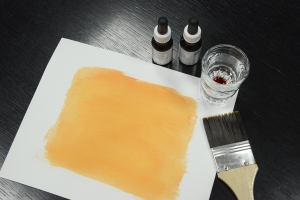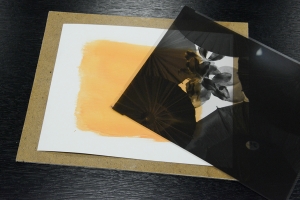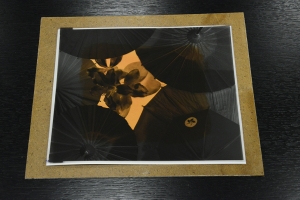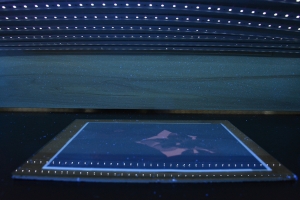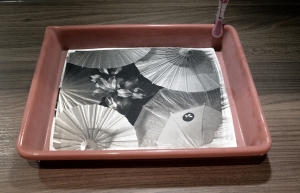Palladium / Platinum Print
Platinum printing (platinotype) is a photographic printing process invented by William Willis in 1873 and patented in 1878. In this process, a high-quality uncoated paper is coated by hand with a solution of platinum, palladium and iron salts by using a brush. After the applied solution has dried, a negative is placed on the coated paper and exposed to an ultraviolet light source. The exposed paper is then developed in individual baths, clarified, watered, and then air-dried. Since the negative lies directly on the paper, this is called a contact print. Therefore, the image is always only as large as the negative being used.
Due to the extensive tonal range, the fine gray gradation, the velvety surface of the paper and the unsurpassed durability, Platinum-Palladium Prints are highly valued by collectors and museums, especially in the age of digital photography.
With his Klimsch Praktika repro camera, Josef Dreisörner is one of the few photographers who creates analog negatives and thus Platinum Prints with a size of up to 20×24 Inch (50×60 cm).
Josef Dreisörner – Photographic Art
c/o Dreisörner Werbeagentur GmbH
Kaulbachstr. 61, 80539 Munich, Germany
+49 89 688 6778
info@josef-dreisoerner.de

